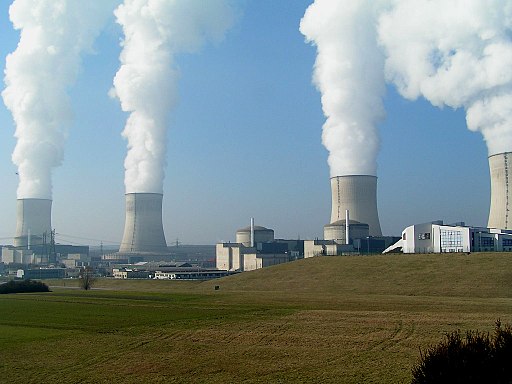Heart attack survivors who are then exposed to air pollution could be at an increased risk of death, reveals a study published in the European Heart Journal.
The study is the largest of its kind to find an association between exposure to airborne particulate matter (PM) and heightened risk of patient survival following hospital admission due to myocardial infarction.
According to the study, death rates among heart attack patients go up as exposure to PM2.5 increases – PM2.5 are small particles that are 2.5 micrometers (μm) in diameter or smaller. Micrograms per cubic meter of air (μg/m3) is the unit used to measure PM in the air.
The researchers found that there was a 20% increase in the death rate among heart attack patients for every 10µg/m3 increase in PM2.5 they were exposed to.
Dr Cathryn Tonne, lecturer in environmental epidemiology at the London School of Hygiene & Tropical Medicine (London, UK), said:
“Over one year of follow-up after patients had been admitted to hospital with ACS, there would be 20% more deaths among patients exposed to PM2.5 levels of 20 µg/m3, compared to patients exposed to PM2.5 levels of 10µg/m3.”
They estimated that the death rates among heart attack patients would go down by about 12% if they weren’t exposed to such high PM2.5 levels.
By linking the records of 154,204 heart attack survivors between 2004-2007 with air pollution data from 2004-2010, the researchers were able to assess the impact that pollution had on death rates. The patients were followed up until April 2010 or the time of their death. A total of 39,863 people died during the average follow-up time of 3.7 years.
Final results were adjusted to consider factors such as patients’ sex, age, medical history, and socioeconomic circumstance.
The air pollution modeling data showed that London is the region in the UK which had the highest average exposure to PM.2 (of 14.1 µg/m3) compared to the North East, which had the lowest exposure (of 8.4 µg/m3).
It is important to note that heart attack patients from poorer backgrounds are more likely to live in areas with higher exposure to PM.2 than patients from more affluent socioeconomic backgrounds. Dr Tonne said: “This raises the possibility that exposure to air pollution may explain, in part, the differences in prognosis among heart attack patients from different backgrounds.”
He added:
“Our findings confirm an association between PM2.5 and increased rates of death in survivors of ACS. Our findings also show that PM2.5 exposure contributes only a small amount to differences in survival after ACS among people living in areas with different socioeconomic conditions after accounting for factors such as smoking and diabetes.”

Road traffic and industry emissions are the main sources of PM2.5 in the UK.
The investigators state that there are probably many other factors apart from PM2.5 exposure that explain the socioeconomic inequalities in prognosis, which will require further research to fully understand.
The main drawback of the study was that the researchers couldn’t be fully sure what the specific cause of deaths were – although they’re fairly certain most of them were heart-related.
There are significant health risks associated with pollution – it is a major cause of death. The American Heart Association issued a statement stating that the scientific evidence associating pollution with cardiovascular death has “substantially strengthened” over recent years.
In addition, a previous study, published in the BMJ, revealed that high levels of pollution can greatly increase one’s risk of heart attack within hours of exposure.
In an accompanying editorial, Professor Pier Mannucci, Scientific Director of the IRCCS Ca’ Granda Maggiore Policlinico Hospital Foundation in Milan (Italy), commented: “The most important message is that reduction in the amount of pollutants in metropolitan areas does indeed decrease cardiovascular mortality within a time interval as short as a few years.”
He stressed the need for national governments to implement the measures necessary to reduce air pollution to below the WHO (World Health Organization) recommended concentration limit of PM2.5. If achieved, the huge death toll due to air pollution could be reduced by up to one million lives per year.
Written by Joseph Nordqvist